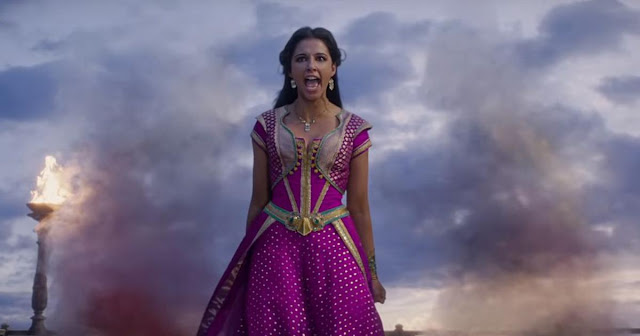Why Does All Modern Princess Anime Start With a Broken Engagement?
It's no secret that modern anime tends to be derivative. Almost every new animated show from the East tells the story of a character reincarnated into another world or a younger version of themselves. However, another trope, specifically among anime about royalty, has dominated the airwaves. Nearly every would-be anime princess in recent years begins her story with a broken engagement to a prince. This was the catalyst of everything from 2023's I'm Giving the Disgraced Noble Lady I Rescued a Crash Course in Naughtiness to last year's 7th Time Loop: The Villainess Enjoys a Carefree Life Married to Her Worst Enemy and The Do-Over Damsel Conquers the Dragon Emperor. This season, a brand new show entitled I Want to Escape from Princess Lessons follows in their footsteps.
The series begins with a noble lady named Leticia forced into an arranged marriage with Prince Clarke. To prepare her for her future as a princess, her parents send her to the castle for private finishing school lessons that consume her entire life. She is so frustrated with the rigorous strain of learning to keep up her posture, grace, and etiquette that she is willing to do anything it takes to get out of it. That's why she is so excited when Prince Clarke announces his betrothal to a new bride, freeing Leticia from her restrained lifestyle. This initial turnabout is a familiar scene to all of us who have been watching princess anime over the past few years. All of this happens in the first episode, making it hard to say where the show will go from there, although if the opening and closing videos are any indication, Prince Clarke is far from finished with Lady Leticia. Why do noble anime women need to break up with a prince to find happiness?
The broken engagement trope in anime has become increasingly prevalent in recent years, particularly in shows featuring royalty. While it may seem like a tired and unoriginal plot device, it's possible that this trend is actually a commentary on the importance of marrying for love, rather than being bound by arranged marriages. By subverting the traditional expectations of princess stories, these anime series are able to explore themes of independence, self-discovery, and the complexities of royal life. Whether driven by historical accuracy or a desire to tell more nuanced stories, this trope has become a staple of modern anime - and it will be interesting to see how it continues to evolve in the years to come.
From a Western perspective, these breakups could be looked at as an opportunity for women to claim their independence because modern feminism means a man can't be included in their happiness thanks to the downward trend of princes in Western fairy tales. Yet, the Japanese shows that start out like this typically conclude with a romance for the flighty heroine, often, but not always, with a different man of high status. So Japan isn't exactly making a statement against romance among its princess-watching audience but instead against arranged marriages. The shows that start out with broken royal engagements usually have protagonists who know little about their fiancé except that they are supposed to be wed when they reach a certain age. Perhaps instead of pushing independence from men, this new anime trope is promoting the freedom and joy of marrying for love, something that Princess Jasmine was fighting for 30 years ago.
The question that remains is why this same story has been used so frequently this decade in so many different anime shows. Isn't there more than one way a story can be told about a potential princess? Aside from the lack of originality in modern anime, one reason this trope is so popular right now could be historical accuracy. Princesses in the Middle Ages were often used as bargaining chips for alliances or trade between kingdoms and often had very little say regarding who they married. Starting medieval stories in this manner gives these series a chance to feel historically accurate while providing a crutch that allows the protagonist to find her own happiness because the arranged marriages usually end due to no fault of their own.












Comments
An anime series that is based on a very long manga but is short and has 12 episodes is Soredemo Sekai wa Utsukushii or "The World is Still Beautiful" is about a princess from a small country where princesses can invoke rain by singing which is promised to the king of the Sun...who ends up being a teenager somewhat younger than her. They both fall in love and make their engagement/marriage work.